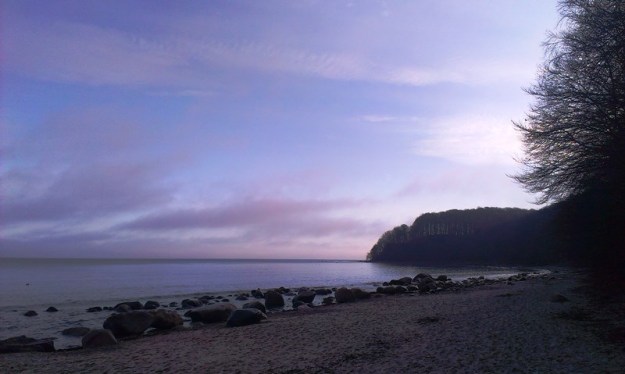I’ve never been one for New Year’s resolutions, but as we approached the end of 2020 – possibly the most strange and anxious year many of us will have ever experienced – I decided to set myself a running challenge that would be doable regardless of lockdowns and other restrictions that might be in place. My idea was to do something for the Pahar Trust Nepal, an organisation that I’ve long known about thanks to the involvement of good friends of ours. It turned out that, as I thought about what it was I might do, they were in the process of announcing a fundraising campaign to mark 30 years since the first school funded and built by what became the Pahar Trust Nepal was opened.
And so, with #30For30 as their campaign slogan, it seemed only right to come up with a challenge that fit this theme and so the idea of running thirty half marathons in thirty weeks was born. At the time of writing I have completed the first four – you can read about them on my fundraising page, or follow me on Instagram – and despite Berlin’s cold winter they have been going well, although I am beginning to get used to having nearly permanently tired legs. I’m hoping this will get better the longer the challenge goes on.
About the #30For30 Campaign
From the first school opened in Pokharithok, a tiny village in the Himalayas, the Pahar Trust Nepal has completed more than 200 projects, including building and renovating 159 schools, 51 libraries and 38 other essential projects such as health centres and toilets. For the #30For30 campaign throughout the whole of 2021, the PTN is aiming to raise £50,000 to help 30 schools in Nepal improve their teaching provision and facilities for pre-primary school children aged 1-5 years old.
This might include the total refurbishment of a classroom, or more resources such as stationery, toys and other educational materials. From the PTN website:
When children attend pre-primary education, they are more likely to stay in school and attain minimum reading and mathematics competencies. It also supports economic growth, as it enables mothers and other caregivers the opportunity to work and increase their earnings.
Research also shows that children who receive safe, quality education at this age are significantly more likely to have more successful outcomes as adults.
The campaign supports the UN’s Sustainable Development Goal to ensure all children have access to quality early childhood development (ECD) so that they are ready for primary education.
I have set my own fundraising goal to £800 and as of today thanks to some generous support I am already at 81% of the target. To get an idea how the fundraising can help, here is an overview of how the money collected can be used:
£20 could provide a bag and educational materials for a student
£100 could repaint a classroom
£500 could provide new resources such as stationery & toys
£1,200 could provide new flooring, a whiteboard & furniture
£3,000 could provide the complete refurbishment of an existing room
I’ll add some updates here on the blog as the campaign continues, both about my runs but also the projects in Nepal that the campaign will help, and once the weather improves and I can strike out a bit from running only from home, I’ll also post some route ideas for anyone planning to come to Berlin and would like to explore by running a half marathon through the city. And if you feel like supporting me in this 30-week challenge, then please visit my Justgiving page. I know that things are tough financially for many people right now, but anything you can donate will make a very real difference and is greatly appreciated. And if anyone fancies keeping me company on a long run between now and July, just let me know.
Paul






